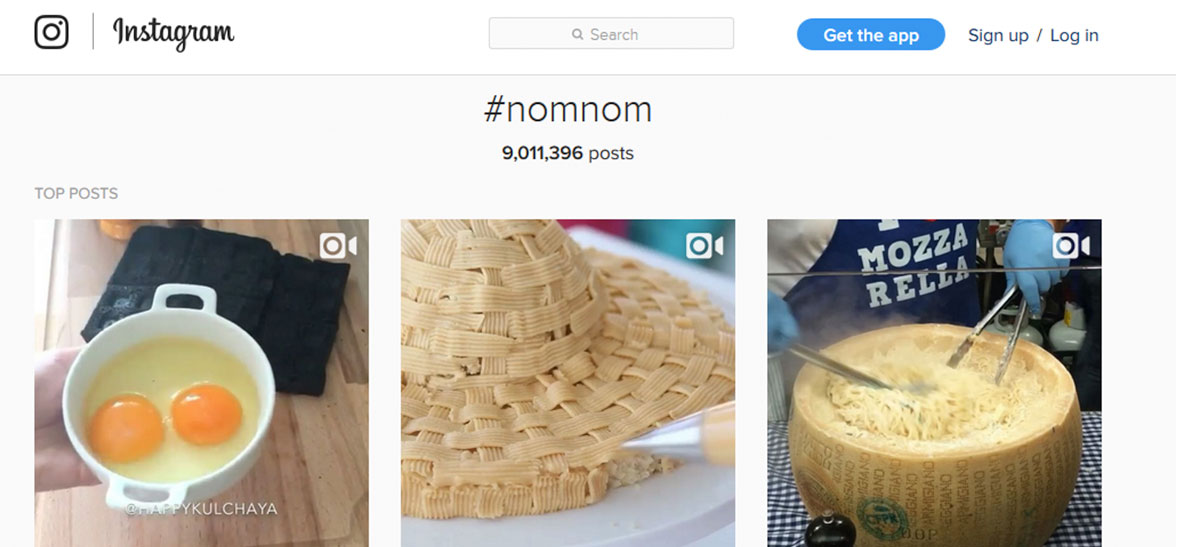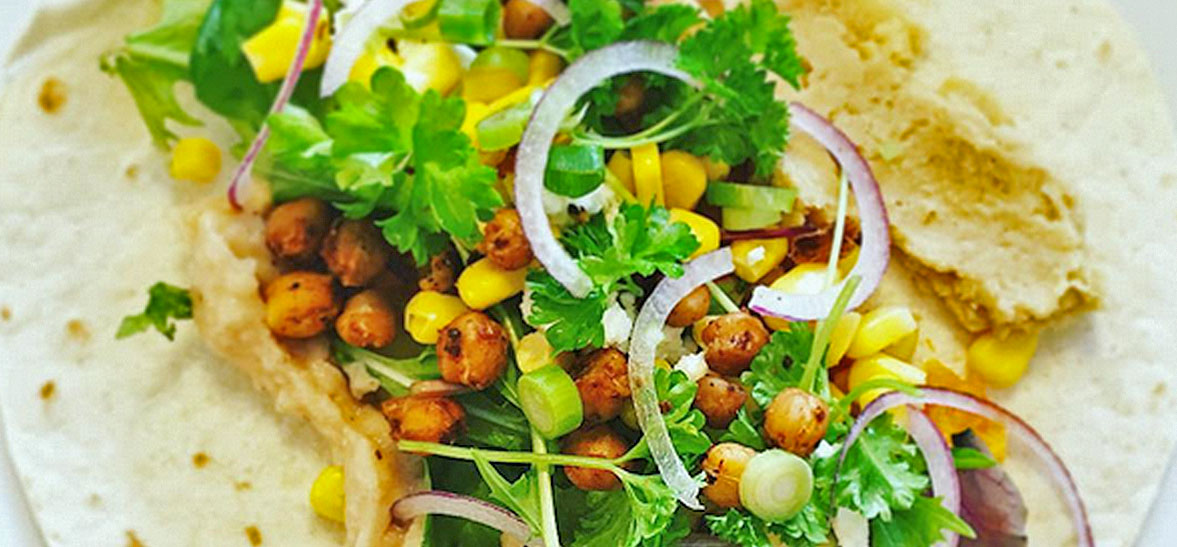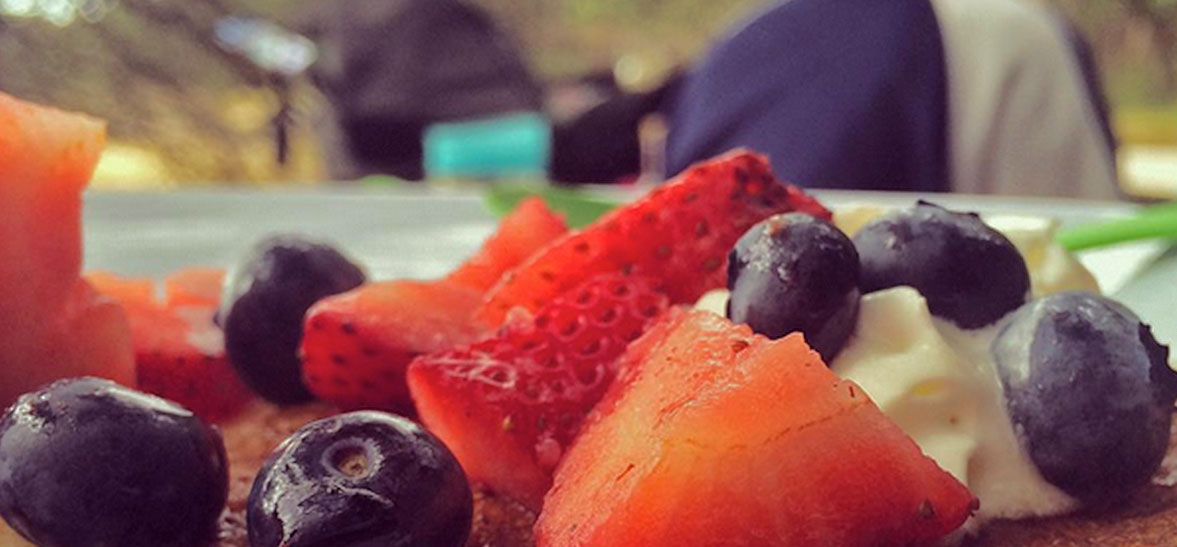Like it or not, it’s now socially unacceptable to incorrectly pronounce ‘quinoa’ (keen-wah, in case you were wondering). Superfoods aren’t just for Superman and cauliflower has well and truly made a comeback – they’re even making pizza dough out of it, for foodie’s sake.
Basically, as a society, we’ve become more and more conscious of the food we consume… We read labels, buy local produce and shun processed goods and pesticides, so if you happen to be peddling health foods in 2016, now’s your time to shine.
Unfortunately, you’re not alone; as convenient, nutritional food falls into one of the most competitive marketing landscapes of the decade. Whether it’s Diet Chef delivering daily meals to your door, or the latest range of pistachio-and-pomegranate-flavoured vegan bean burgers… The choice is yours – and the choice is well and truly everywhere.
Consumer interactions with this flood of healthy food brands are now mostly online and through social media – so if you’re doing it, you need to be digital. As a helping hand, we’ve put together an online food marketing starter-kit – a must-read if your business is based in the food industry.
Here’s how to make your digital food marketing utterly delicious.
Getting New Customers
Seek out the active food community on social channels
It’s a no-brainer. Food is fantastically visual – and image-led social media platforms are the best place to exploit this. Instagram and Pinterest have captured the hearts and minds of millions of food-fans, so it’s your job to get in there and start sharing delicious shots of your products.
Invest time in finding ways to reach and engage these passionate and super-visual food lovers. Vine’s 6-second format is great for fast, how-to food videos, and a cleverly applied Instagram filter can transform any dish into a Michelin-Star-worthy meal. In fact, there are currently more than 9 million Instagram posts tagged with the hashtag ‘nomnom’. Surely, a market too big to miss.

Make sure your promotions build your brand
Try not to make it all about the ££. As tempting as they might be, price promotions (such as vouchers) aimed at getting new customers can actually damage your brand long-term. How is that possible, you ask, when you’re giving people a discount or great-value deal?
Well, it’s all based on first impressions – and with digital marketing, they most certainly do count. When you offer promotions, the first impression you’re making (and the relationship you’re creating with this potential customer) is a transactional one, based on a discounted price point.
The relationship you want to build should be based on the value of your brand or the quality of your product. Instead, try to think of ways your brand can add value and give customers something more that will appeal to their emotions – and draw them in to doing business with you.
In online food marketing, many brands (rather than offering discounts on their food) offer free nutritional advice in addition to their products. These guys aren’t discounting their service, but rather they’re appealing to our universal desire to be healthy and fulfilled by food. This is the kind of win-win scenario that brands should attempt to replicate with their promotions.
Keeping existing customers
Focus mainly on your products
Yes, social media users want to see aspirational lifestyle content. But, research shows that, for CPG brands, product-centric content is the most successful on social. Users are motivated to share online when they see something awe-inspiring, about either themselves or the world around them; and they follow brands on social for the same reasons.
Users wants to see content that reflects and re-affirms their own beliefs – so what should you be posting?
Bright, vibrant colours give good vibes. They stand out in the feed and inspire users to stop, look and engage.
Product close-ups perform well, because they stand out during fast-scrolling. Ingredient shots, not so much – these are less powerful.
Arty twists. These also stand out – be as original as you can be with your posts. A bowl of fresh fruit in an immaculate kitchen? Pffft. Why not take it outside in the garden and get creative in the grass?
Remember, ad-like posts are weak. Social media users want to be inspired, not sold.

Offer the best customer service, for all the world to see
In this day and age, your customer service should always be social. There’s really no reason your brand shouldn’t be addressing customer service concerns – and when you do, it’s proven to drive people to purchase. It also increases loyalty, as 70% of those helped through social return as future customers.
But how? Here are a few best practices for customer service on social media.
- Dedicate a team. This team needs to be large, trained and familiar with frequent issues, so they’re equipped to deal with whatever’s thrown at them.
- Respond quickly. Don’t keep followers waiting – they’ll get upset.
- Be consistent. Create a response map to different customer service scenarios, ensuring the elimination of erratic responses.
- Stay positive. Be friendly, even if certain comments aren’t. The backlash could be hugely damaging otherwise.
- Be proactive. Get ahead of the conversation and provide news or updates on your products that your followers would find valuable.
Growing and extending your business
Inspire experimental uses for your product
As more and more consumers focus on the quality of the foods they eat, we’re seeing a renewed interest in cooking and recipes. The brands that are successful are the ones that are seen to be creating useful content; offering tools to inspire new ways of cooking or using their products.
89% of internet users search online for recipes. Google released its ‘recipe search’ function way back in 2011. And remember the uproar when the BBC was reportedly removing the Good Food section of its website? (Don’t worry, it never did.) It’s clear – demand is most definitely there.
And it’s not just straightforward, ‘vanilla’ recipes that people are looking for. Our fascination with food is most prevalent when people experiment; so providing new, healthier, quicker ways of cooking is likely to secure the most success.
As with all content, the best will survive – so don’t be afraid to go wild with new ways of preparing, cooking, delivering and eating.

Always be fresh, appetising and tasty
Whatever your product, the key to successful digital marketing in the food industry is your content. You need to be fresh (original), appetising (visually pleasing) and tasty (engaging). Don’t forget to tap in to a niche target audience that’ll share your material for you.
Make the best use of the relevant social channels, including paid social media, and keep an eye on your competitors – as long as you can stay one step ahead in the yummy-looking content stakes, you’ll always stand out.


